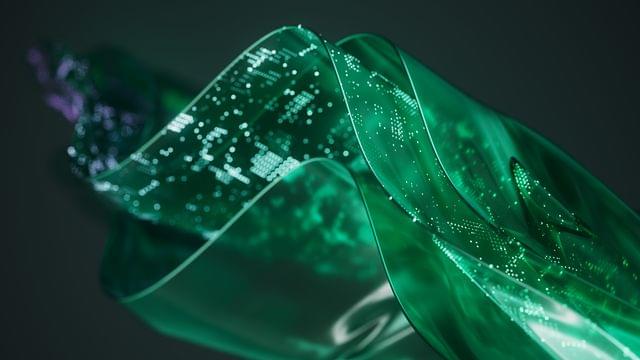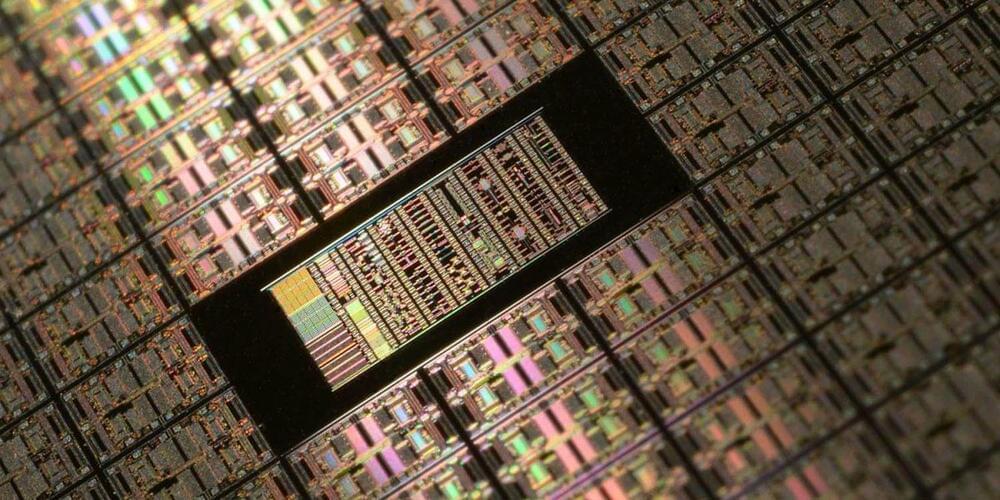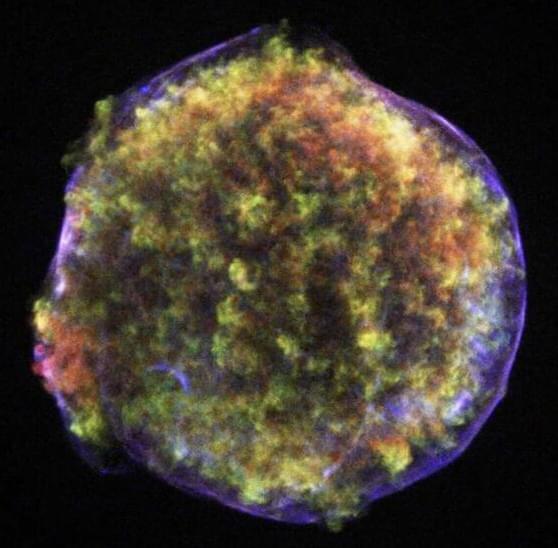With the advent of machine learning and artificial intelligence, materials science could be poised to take its next big leap in efficiency since the introduction of computational chemistry.



US researchers send quantum entangled signal over commercial fiber optic network without requiring any downtime, a major achievement.



A $7 billion all-electric light rail project is underway in the Capital City. The Austin Light Rail now has a team in place to build the city’s first light rail system, set to shakeup the city’s public transportation in the near future.
Last month, the Austin Transit Partnership selected AECOM, a Dallas-based infrastructure consulting firm, to bring the first phase of the approximately 10-mile light rail to life in Austin, according to a release. Now AECOM is preparing to offer more updates to public on the project’s progress as the organization continues to implement the plan.

In an astronomical feat, using NASA
NASA, the National Aeronautics and Space Administration, is the United States government agency responsible for the nation’s civilian space program and for aeronautics and aerospace research. Established in 1958 by the National Aeronautics and Space Act, NASA has led the U.S. in space exploration efforts, including the Apollo moon-landing missions, the Skylab space station, and the Space Shuttle program.


